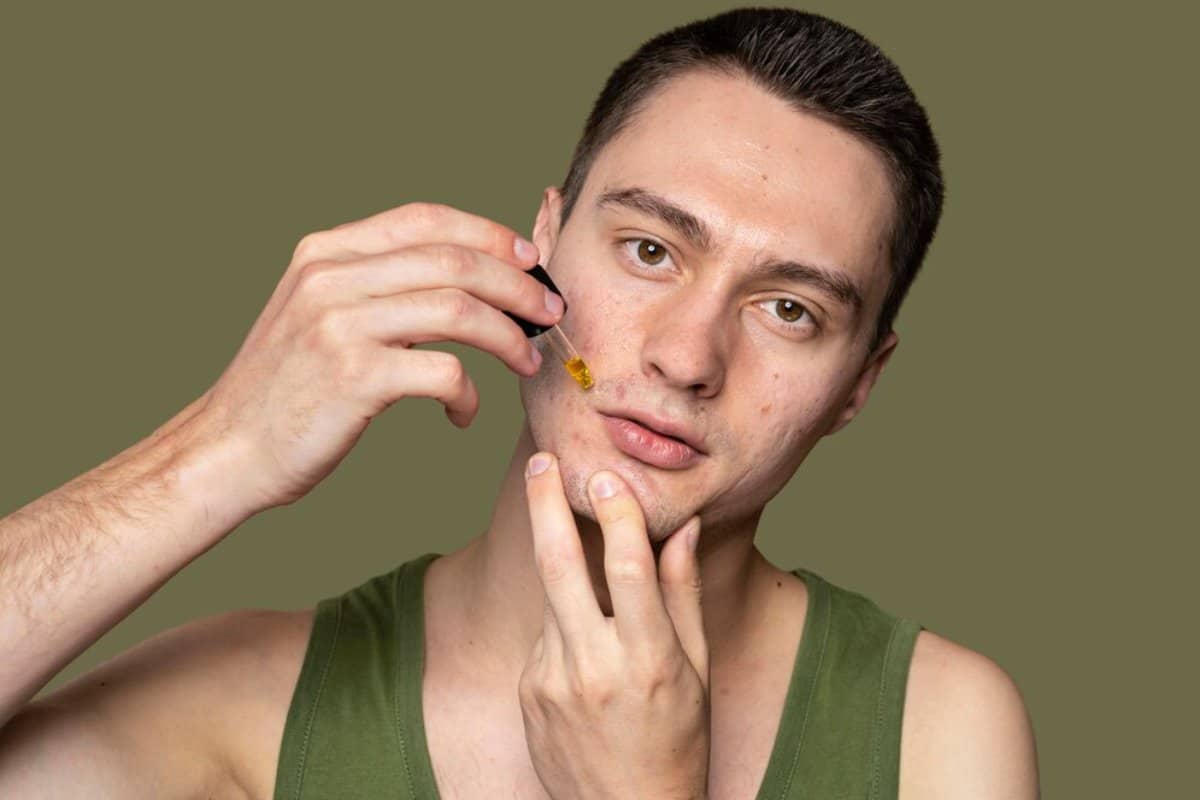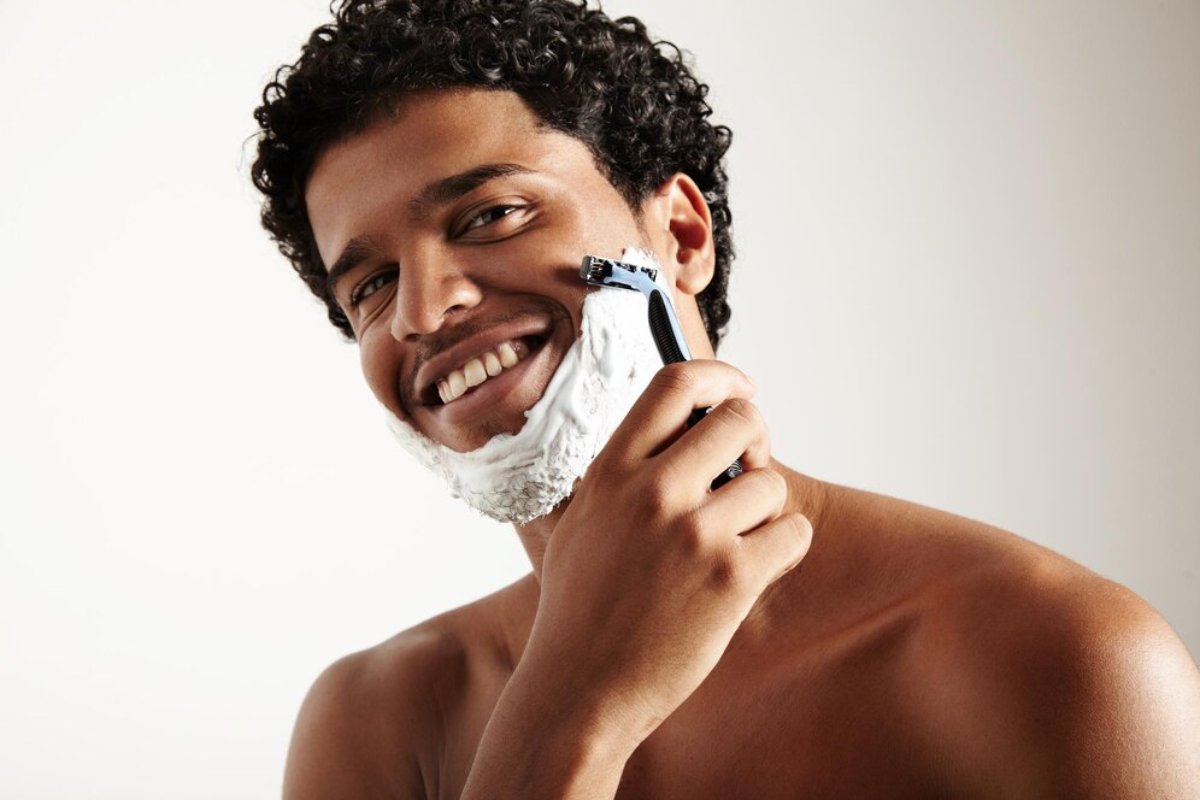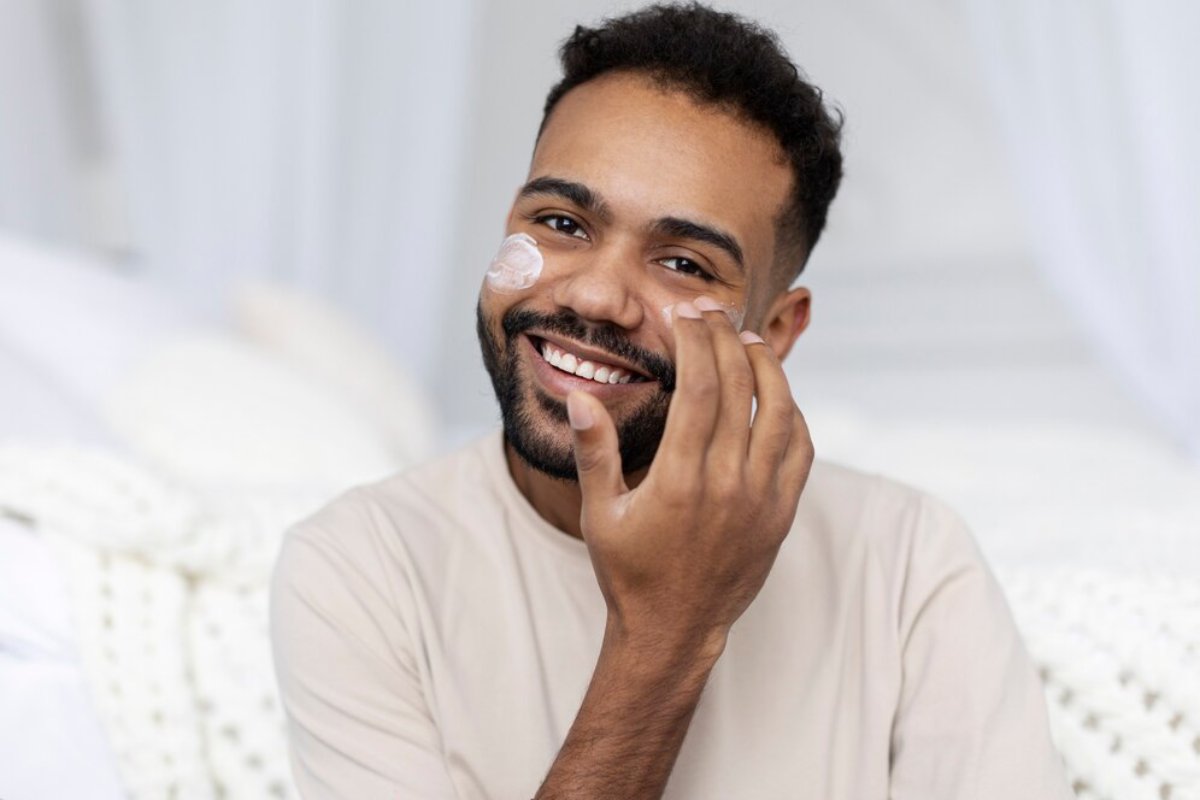
Best Way to Treat Acne-Prone Skin for Men
Let’s be real — no one enjoys waking up to a breakout. Whether it’s one angry red spot before a big meeting or constant flare-ups along your jawline, acne doesn’t just affect your skin — it knocks your confidence too. And contrary to the stereotypes, acne isn’t just a teenager’s problem. Many men in their 20s, 30s, and even 40s struggle with blemishes, blackheads, and inflamed skin.
But here’s the good news: you don’t have to live with it. Treating acne-prone skin isn’t about overloading your face with harsh chemicals or scrubbing it into submission. With the right knowledge, a little consistency, and a tailored plan, you can significantly reduce breakouts and feel more confident in your skin.
In this guide, we’ll walk you through everything you need to know about effective acne treatment for men — including how to identify your skin’s needs, what ingredients to look for, and clear skin tips you can actually stick to. Let’s clear things up — one step at a time.
Understanding What Causes Acne in Men
The Basics: Why You’re Breaking Out
Acne starts when hair follicles become clogged with oil, dead skin cells, and bacteria. It’s most common in oily areas like the T-zone, jawline, and back. The main triggers include:
- Excess sebum production (linked to testosterone levels)
- Bacteria build-up (specifically Propionibacterium acnes)
- Dead skin cells that aren’t being exfoliated away
- Hormonal changes, stress, and diet
Male Skin vs Female Skin: What’s Different?
Men’s skin is typically:
- 25% thicker than women’s
- More prone to oiliness due to higher sebum production
- Exposed to shaving which can worsen irritation and ingrown hairs
This means that the standard acne advice isn’t always a perfect fit — you need a plan that caters to men’s specific skin concerns.
Building an Effective Acne Routine for Men

Step 1: Cleanse Smart, Not Harsh
Washing your face twice a day is essential — but how you do it makes a big difference.
- Use a gentle, non-comedogenic cleanser (meaning it won’t clog pores)
- Avoid bar soaps and gritty scrubs — they disrupt the skin barrier
- Look for ingredients like salicylic acid or benzoyl peroxide for breakouts
Morning tip: A salicylic acid cleanser helps control oil during the day. Evening tip: Cleanse thoroughly after workouts or outdoor activity to remove sweat and bacteria.
Step 2: Exfoliate — But Gently
Exfoliating removes dead skin that can trap oil and bacteria, but too much can damage your skin.
- Use a chemical exfoliant (like glycolic or lactic acid) 2–3 times a week
- Avoid harsh physical scrubs — they can cause microtears and worsen acne
- Try exfoliating in the evening to help overnight skin renewal
Step 3: Treat With Targeted Ingredients
This is where acne treatment for men gets personal. Look for ingredients backed by science:
- Benzoyl peroxide (2.5%–5%) – Kills acne-causing bacteria
- Salicylic acid (0.5%–2%) – Unclogs pores and reduces inflammation
- Niacinamide – Calms redness, reduces oil production
- Retinoids (like adapalene) – Increase cell turnover and prevent clogged pores
Apply your chosen treatment after cleansing, and follow with a moisturiser to prevent dryness.
Tip: Start slowly with new treatments — alternate nights and build up as your skin tolerates it.
Moisturising Matters — Even If You’re Oily
Skipping moisturiser because you think it’ll make you oilier? That’s a myth. Dehydrated skin produces even more oil to compensate.
What to Use:
- A lightweight, oil-free moisturiser
- Look for “non-comedogenic” labels
- Ingredients like hyaluronic acid, aloe vera, or ceramides are ideal
Apply twice daily — after your treatment step at night, and under SPF in the morning.
Don’t Forget Sun Protection
UV exposure can worsen acne scars and cause pigmentation to linger longer.
- Use a broad-spectrum SPF 30 or higher every day
- Choose a formula designed for acne-prone skin (matte finish or gel texture)
Sunscreen doesn’t just protect — it helps your acne treatments work better and prevents dark marks from setting in.
Bonus Clear Skin Tips for Men

Tip 1: Shave Smarter
- Use a clean, sharp razor
- Always shave on damp skin with a soothing gel or oil
- Avoid aftershaves with alcohol — opt for an aloe-based balm instead
Tip 2: Watch Your Diet
There’s no one-size-fits-all acne diet, but certain foods may trigger flare-ups in some men:
- Reduce dairy and high-GI foods like white bread and sweets
- Drink more water — dehydration affects skin clarity
- Increase omega-3s (found in fish, flaxseeds, walnuts) to reduce inflammation
Tip 3: Keep Your Hands (and Phone) Off Your Face
Touching your face spreads bacteria and oil. Clean your phone screen regularly and change pillowcases weekly to keep your skin clear.
When to See a Dermatologist
If your acne:
- Doesn’t improve after 2–3 months of consistent treatment
- Is painful, cystic, or leaving scars
- Causes emotional stress or impacts your self-confidence
It’s time to call in a professional. Dermatologists can prescribe stronger treatments like antibiotics, hormonal therapy, or isotretinoin for stubborn cases.
Common Mistakes That Make Acne Worse
Let’s call these out, because they’re easy to fall into.
- Over-washing or scrubbing – Strips skin and worsens oil production
- Using too many products at once – Confuses your skin and causes irritation
- Popping or picking spots – Leads to scarring and more breakouts
- Switching routines too often – Give your skin time (at least 6–8 weeks)
Recommended Products for Acne-Prone Skin
Cleansers:
- CeraVe Foaming Facial Cleanser
- La Roche-Posay Effaclar Purifying Gel
Treatments:
- The Ordinary Niacinamide 10% + Zinc 1%
- Differin Gel (Adapalene 0.1%)

Moisturisers:
- Neutrogena Hydro Boost Water Gel
- Paula’s Choice Clear Oil-Free Moisturiser
SPF:
- EltaMD UV Clear Broad-Spectrum SPF 46
- La Roche-Posay Anthelios Clear Skin SPF 60
Clear Skin Starts with Consistency
There’s no magic fix for acne, but with the right approach, you can take control of your breakouts and feel more confident in your own skin. It’s not about using the most products — it’s about using the right ones in the right way, consistently.
Remember, your skin is unique. What works for someone else might not work for you. But by focusing on gentle cleansing, targeted treatment, hydration, and sun protection, you’ll give your skin the best chance to heal and thrive. Stick with it, track your progress, and don’t be afraid to seek help when needed. Your journey to clear skin is just that — a journey. And you’re not alone in it.


